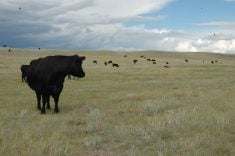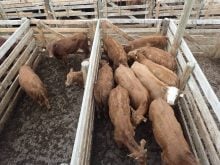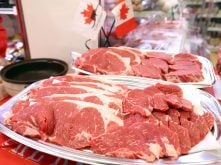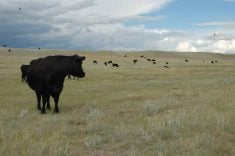BANFF, Alta. — The continental barley market won’t die of neglect if the Western Barley Growers Association has anything to do with it.
A resolution at the group’s recent convention backed up speeches insisting that farmers be given the right to market their products as they choose. The barley growers’ newly-elected president Wayne Kriz said the continental issue is one he wants resolved.
“We’re going to keep the pressure up and it could happen in this calendar year,” he said. He is also confident a plebiscite will be granted by Ottawa since the cause is drawing support from other commodity groups like the Western Canadian Wheat Growers Association and Oat Producers Association of Alberta.
Read Also
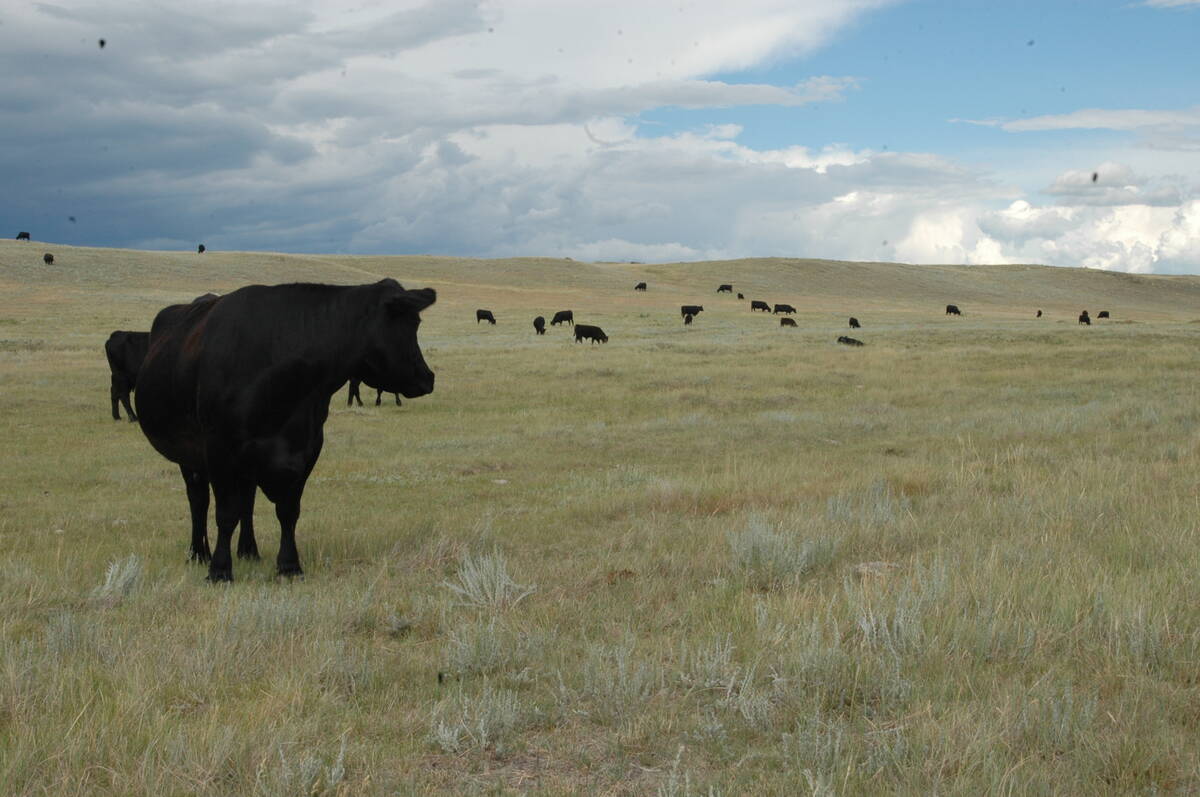
Saskatchewan Cattle Association struggles with lower marketings
This year’s change in the provincial checkoff has allowed the Saskatchewan Cattle Association to breathe a little easier when it comes to finances.
The group said the large volume of barley sold to the U.S. during last summer’s short-lived continental market should be enough to convince the government that Western Canadian farmers want that choice again. Past-president Ted Cawkwell has labelled the current situation as similar to the National Energy Program of the 1980s, which drained oil and natural gas royalties from the West to ensure cheap energy prices for Eastern Canada.
The concept of a dual market also received support from Alberta agriculture minister Walter Paszkowski who spoke at the meeting.
Alberta’s minister has not given support to a farmer vote but insists the Canadian Wheat Board must change along with everyone else in society. While not denying the board has a place because some customers will only deal with a central marketing board, the minister still wants farmers to have more choices.
“Farmers must be able to capture that opportunity that is presented by the marketplace. The Canadian Wheat Board should not be allowed to interfere with these opportunities. It is hampered by an outdated monopolistic structure. It must work with farmers like you to ensure that you can take advantages of the opportunities offered by the current changes in the industry,” Paszkowski said.
A dual market already exists for barley, with about eight million tonnes being fed domestically and the remaining four million tonnes exported by the Canadian Wheat Board, said Jim Herriman of Palliser Grain. The problems are the market structure and a struggle as to who controls the money, the board or the farmer.
50-cent difference
“The difference under the 40-day continental market and the status quo market on barley is 50 cents a bushel. The difference is the trade and pooling system gets it rather than the farmer,” he said.
“You can get $1.30 under the continental barley status quo or you can get $1.80 under the continental barley selling it like you would down to your feedlot.”
He sees the creation of the continental market as an economic zone that would be in line with free trade agreements.
“The U.S. is no longer, for economic purposes, an export market. We seem to have a lot of trouble getting this through peoples’ heads,” he told the convention.
He said about five to six million tonnes of Canadian grains will be sold to the U.S. and Mexico this year and he is willing to bet 10 million tonnes will be going south in five years. Within that continental market he includes exports of wheat, oats, flax, canola and barley.



